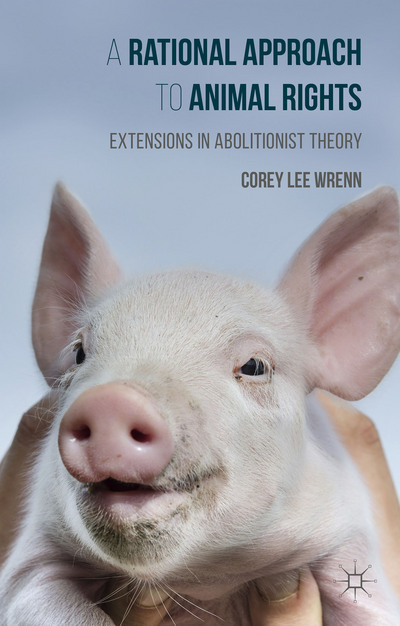Frequently, social psychological research refutes what we take to be common sense when it comes to behavioral motivation and attitude formation. This is certainly the case with presentation vividness. Although it is easy to assume that creating a vivid presentation will better persuade audiences, research does not especially support the idea (Collins and Taylor 1986).
Why? Too much vividness can actually distract from the message (Guadagno et al. 2011). If there is a lot of glitz and glamour in a PowerPoint presentation, for instance, viewers are more likely to hone in on the slideshow imagery and tune out the speaker.
Graphic images can fall into this trap as well. The vegan movement particularly relies on vivid imagery to persuade viewers to support nonhuman liberation, but, given that the focus on suffering can be off-putting to potential supporters, it would perhaps be more prudent to utilize less vivid approaches.
For the Vegan Toolkit
- Opt for substance over vividness
- Employ graphic images and glitzy presentations with caution
- Pallid persuasion efforts are only slightly less persuasive than vivid ones
References
Collins, R. and S. Taylor. 1986. “The Vividness Effect: Elusive or Illusory?” Journal of Experimental Social Psychology 24: 1-18.
Guadagno, R., K. Rhoads, and B. Sagarin. 2011. “Figural Vividness and Persuasion: Capturing the ‘Elusive’ Vividness Effect.” Personality and Social Psychology Bulletin 37 (5): 626-638.

Readers can learn more about the social psychology of veganism in my 2016 publication, A Rational Approach to Animal Rights. Receive research updates straight to your inbox by subscribing to my newsletter.
